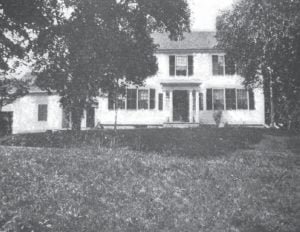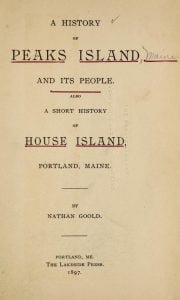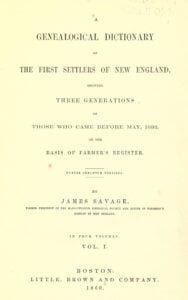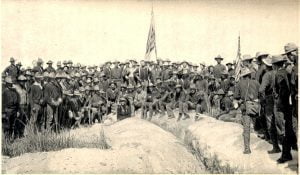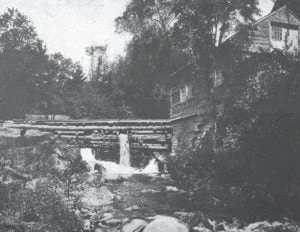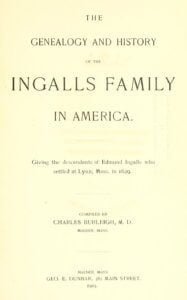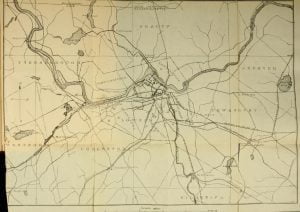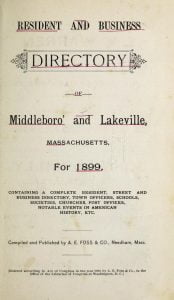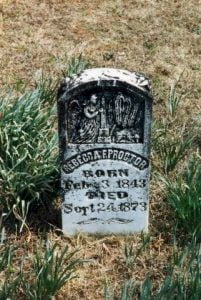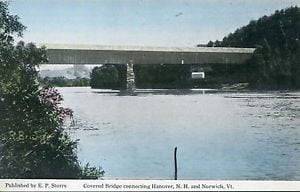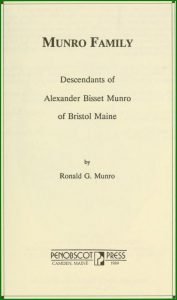Loveland Family of Norwich Vermont
One of the farms in Norwich still (1904) owned and occupied by descendants bearing the name of the original settlers, belongs in the Loveland family. Joseph Loveland was born in 1747, in Connecticut; moving from that state to Dartmouth College, Hanover township, New Hampshire, where he enlisted to reinforce the Continental Army at Ticonderoga. In 1778 he settled on a now fertile farm, about a mile and a half from Norwich village, building a home a little off the river road. Ten of his thirteen children were born in town, and six of them made, during most of their lives, … Read more

